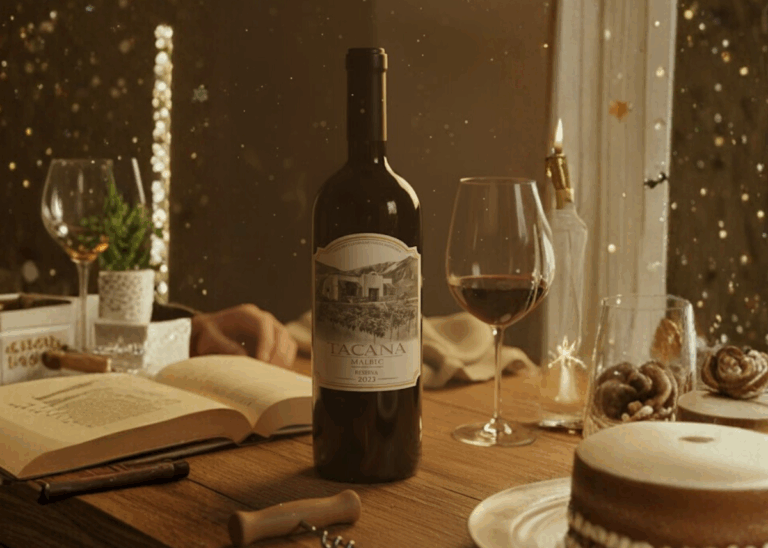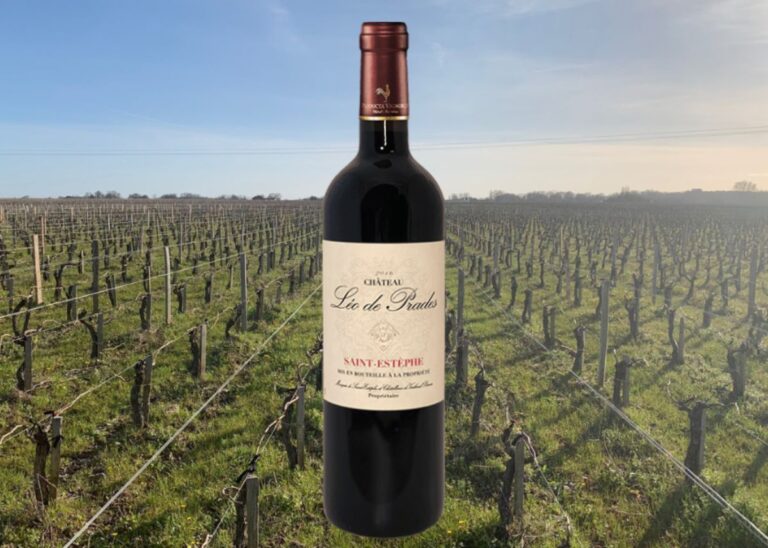Spanish wine is endlessly diverse, and this week we explore something truly special. These three unique Spanish wines are the second half of our exclusive six bottle Spanish Collection for 2025, a selection crafted after tasting hundreds of wines across the country to find only the rarest, most character driven bottles. Last week we introduced the first three wines, all rooted in classic northern Tempranillo traditions. Today we turn south, into the wild, arid landscapes of Castile, where the wines speak a completely different language.
This Part 2 of the collection reveals a side of Spain most wine drinkers never encounter. These bottles come from remote villages, ancient family vineyards, and harsh climates that push the vines to their limits. Their flavors are wilder, earthier, more herbal and mineral, shaped by heat, wind, and incredibly old vines. While the wines from Part 1 showed the polished elegance of Ribera del Duero and the north, these three express Spain’s rugged heart with clarity and soul.
These are wines you would not find without someone traveling deeply into rural Spain and tasting everything the land has to offer. They are as authentic as Spain gets.
Bodegas Verum Las Tinadas Cencibel, Castilla
We begin in La Mancha, one of Spain’s driest and most sun baked regions. Here Tempranillo is known as Cencibel, a local synonym for the same grape behind last week’s northern wines. Bodegas Verum traces its origins back to 1788 and remains family owned, reviving old vineyard practices after World War II.
Their Cencibel ages briefly in French oak and then in clay amphorae, giving texture without overwhelming the fruit. The color is deep red yet translucent, suggesting freshness. The aromas are surprisingly bright for Spain, full of purple plums, raspberry, blueberry, and a hint of fennel. Instead of ripe, cooked fruit, this wine feels vibrant and alive.
On the palate it leans toward finesse rather than power. Fresh acidity, subtle fruit, and gentle herbs give it a Burgundian lightness, yet below that lies a grounding earthiness reminiscent of licorice root, chory wood, radish, and carrot. It is nuanced, aromatic, and surprisingly versatile. With its acidity, it can pair with seafood tapas as easily as with meats, cheese, mussels, chorizo, or Manchego.
Drink now or allow it to deepen for another seven or eight years.
Marañones Garnacha Tinta, Madrid
We travel north toward Madrid, though the landscape remains rural and quiet. The estate of Marañones works with dozens of tiny, old vine plots, echoes of a time when every local family tended a small vineyard for themselves. Today these vines form a single estate, but they still carry the soul of centuries of work.
The grape is Garnacha, one of Spain’s great heritage varieties. It loves heat and drought and, when grown on old vines, becomes intensely expressive. The color is bright red with slight orange hues, hinting at elegance. The nose is explosive with unusual aromas: cherry liquor, cherry stones, apricot pits, blonde caramel, laurel, sandalwood, and white pepper. These scents are rare in wine, but here they blend beautifully.
The palate is concentrated yet light in delivery. Silky tannins support bursts of cherry liquor, caramelized apple, cinnamon, and sun baked wood. You can taste the dry soil, the heat, the age of the vines. It feels both comforting and intriguing, ideal for slow tasting or pairing with roasted lamb, steak, pulled pork, or hearty Spanish dishes.
Enjoy now or over the next five years.
Dominio de Casalta Sorrasca Petit Verdot, Almansa
Our final wine takes us toward the Mediterranean edge of the plateau. Almansa combines altitude with a dry Mediterranean climate, creating perfect conditions for structured wines. Dominio de Casalta is the project of Pepe Rodríguez, who refused to let his family’s old vineyards be lost to bulk wine production. Instead, he committed to crafting small production wines with integrity.
This bottle is made from Petit Verdot, a Bordeaux grape rarely found in Spain. Here it ages for twenty four months in French oak, just as a classic left bank Bordeaux might.
In the glass it appears dense and deeply colored yet remarkably youthful for an eight year old wine. The aromas are rich with blackberry, raspberry jelly, caramel, dark chocolate, coffee, nutmeg, and clove. After some air it becomes even more expressive.
The palate is striking. Fresh berry flavors burst with energy, supported by crisp acidity and round tannins. Toasted cocoa, hazelnut, caramel, and smoke add layers of depth. Violet floral notes hover in the background, giving it a unique lift. This wine has the structure to age for fifteen to twenty years, yet it is already beautiful today.
Pair with roasted pork, steak, lamb, sausages, or chorizo. It shines with hearty comfort foods.
Two Faces of Spain, One Complete Collection
With these three wines, your six bottle 2025 Spanish Collection is complete. Together they reveal two very different expressions of Spain.
The north gives dense, polished, fruit forward Tempranillo with a controlled texture and classic structure.
The south offers wines shaped by old vines, heat, sand, herbs, and earth. These southern wines feel wilder, deeper, and more mineral, carrying a raw sense of place.
This collection was designed to show you Spain’s full soul. Six wines, two regions, one journey through centuries of tradition.
Explore the Full Spanish Selection
Discover these wines and more from Spain here
To explore more stories and remarkable wines, visit our Bonner Private Wines YouTube channel.
https://www.youtube.com/watch?v=eonxAoGnds8
Keywords: unique Spanish wines, Spanish red wines, Castile wines, Garnacha Madrid, Cencibel wine, Petit Verdot Spain, Spanish wine collection, Bonner Private Wines




